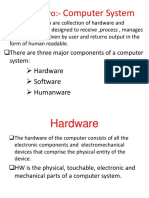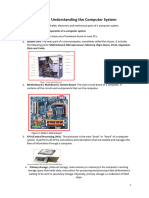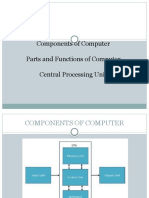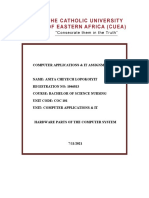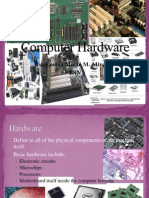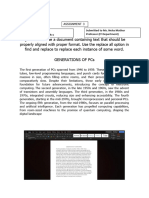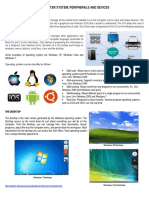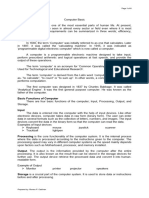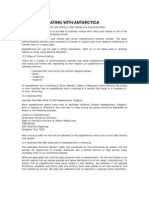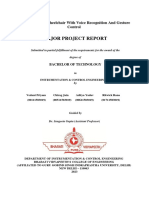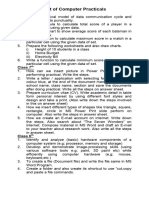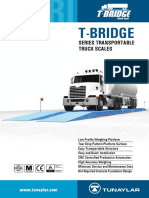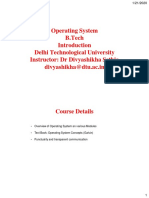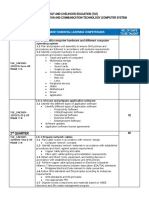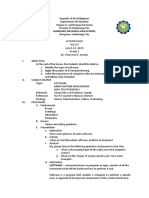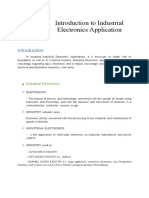0% found this document useful (0 votes)
23 views22 pagesUnit-1 Basics - of - Computer - System
Basic computer
Uploaded by
anuragchy166Copyright
© © All Rights Reserved
We take content rights seriously. If you suspect this is your content, claim it here.
Available Formats
Download as PDF, TXT or read online on Scribd
0% found this document useful (0 votes)
23 views22 pagesUnit-1 Basics - of - Computer - System
Basic computer
Uploaded by
anuragchy166Copyright
© © All Rights Reserved
We take content rights seriously. If you suspect this is your content, claim it here.
Available Formats
Download as PDF, TXT or read online on Scribd
/ 22




